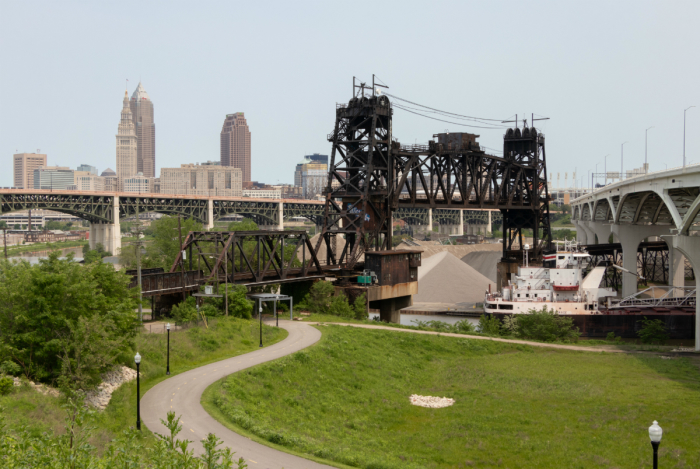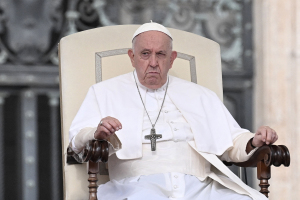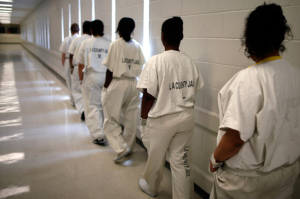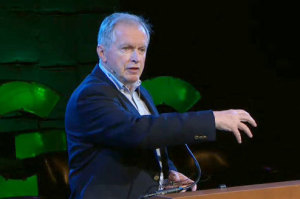In Cleveland, the only mistake is not visiting

The days of Cleveland being known as the Mistake by the Lake are long gone.
Yes, the city’s fortunes have ebbed and flowed along with the rest of the great Rust Belt cities. But this decline — more than 50% population loss since the 1950s — has created unique opportunities for redevelopment and growth, particularly in the core of downtown.
Public Square with the grand Cuyahoga County Soldiers’ and Sailors’ Monument, a late 19th century tribute to those who fought in the Civil War, reminded me of London’s Trafalgar Square because both squares serve as central gathering points for their respective cities. A couple blocks away is the Mall, which is basically Cleveland’s front lawn. The green spaces, separated into three sections, are perfect spots for an urban picnic or an afternoon of sunbathing.
Cleveland’s downtown faces toward Lake Erie, one of the five Great Lakes.
The waterfront isn’t as unobstructed as Toronto or Chicago, but the views are impressive, especially from one of the many towers. The Rock & Roll Hall of Fame, which was designed by the recently deceased architect I.M. Pei, has commanding views of both Lake Erie and the cityscape.
It is a completely different vibe in the Flats, a short walk or drive away from downtown.
Here you find the remnants of industrial Cleveland as the Cuyahoga River meanders under numerous bridges and past old mills and brick warehouses. Freighters still frequent these waters, though kayaks and boat clubs practicing their rowing seem more common today.
Many first-time visitors to Cleveland are struck by the rich heritage and culture. Like literally rich. This was where John D. Rockefeller — yes, that Rockefeller — made his fortune with Standard Oil before decamping to New York City.
Traces of the Gilded Age can still be found along Euclid Avenue.
Once known as Millionaires’ Row the grand mansions are gone, but the churches erected by those who once lived here remain. Among the most notable are Trinity Episcopal Cathedral and the now-former First United Methodist Church. Both edifices are similar as the exterior architecture is inspired by the Perpendicular Gothic style of the 14th and 15th centuries.
Another 10 minutes or so up Euclid Avenue in the University Circle neighborhood are the two institutions regularly ranked as among the best in their respective fields: The Cleveland Clinic and the Cleveland Museum of Art.
While the clinic enjoys universal name recognition as a world-renowned medical institution the museum tends to surprise visitors. The art collection, which numbers more than 61,000 pieces, is truly impressive. The best part? Admission is free.
Not visiting Cleveland is a mistake. It makes for a perfect citycation this summer.
If you go
Cleveland is easily reachable by car. Of course, all the major airlines service Cleveland Hopkins International Airport.
I stayed at the Marriott Downtown at Key Tower Hotel. You won’t regret splurging for a high-floor room with views of Lake Erie. An alternative is the Hilton, which opened three years ago. Both are within walking distance of pretty much everything you will see or do.
Be sure to also check the Cleveland Orchestra’s schedule. You might get lucky and catch a performance. When I visited they were accompanying a live playing of the movie “An American in Paris.”
For people watching visit West Side Market on a Saturday morning, when locals frequent old school butchers, bakers and other food purveyors.
It would be remiss of me if I didn’t mention A Christmas Story House, literally the house from the 1983 cult classic movie of the same name. The shrine-cum-museum is located across the street from Rowley Inn, an old-school tavern.
Spires and Crosses, a weekly travel column exclusive to The Christian Post, covers old churches, history and heritage, architecture, culture and art. Follow @dennislennox on Twitter and Instagram.





























